-
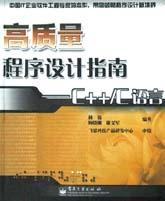
高质量程序设计指南
本书作者以轻松幽默的笔调向读者论述了高质量软件开发方法与C++/C编程规范。本书共15章,重点介绍软件质量和面向对象程序设计方法,C++/C编程风格和一些技术专题等内容。 -
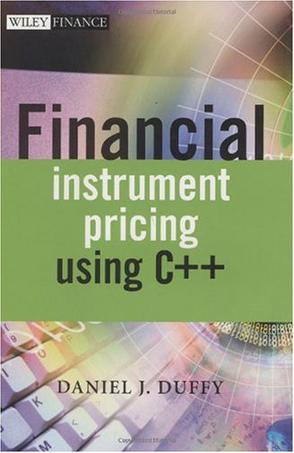
Financial Instrument Pricing Using C++
One of the best languages for the development of financial engineering and instrument pricing applications is C++. This book has several features that allow developers to write robust, flexible and extensible software systems. The book is an ANSI/ISO standard, fully object-oriented and interfaces with many third-party applications. It has support for templates and generic programming, massive reusability using templates ('write once') and support for legacy C applications. In this book, author Daniel J. Duffy brings C++ to the next level by applying it to the design and implementation of classes, libraries and applications for option and derivative pricing models.He employs modern software engineering techniques to produce industrial-strength applications: using the Standard Template Library (STL) in finance; creating your own template classes and functions; reusable data structures for vectors, matrices and tensors; classes for numerical analysis (numerical linear algebra); solving the Black Scholes equations, exact and approximate solutions; implementing the Finite Difference Method in C++; integration with the 'Gang of Four' Design Patterns; interfacing with Excel (output and Add-Ins); financial engineering and XML; and, cash flow and yield curves. Included with the book is a CD containing the source code in the Datasim Financial Toolkit. You can use this to get up to speed with your C++ applications by reusing existing classes and libraries. 'Unique...Let's all give a warm welcome to modern pricing tools' - Paul Wilmott, mathematician, author and fund manager. -
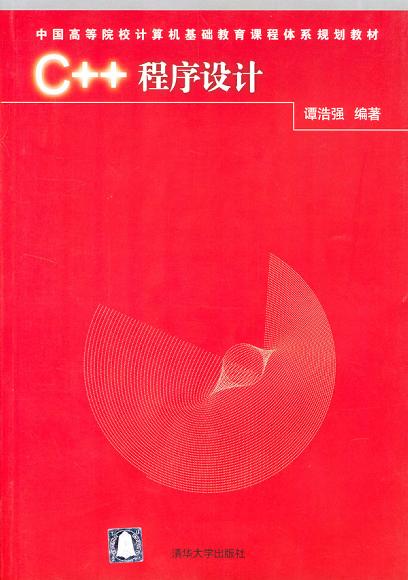
C++程序设计
《C++程序设计》作者深入调查了我国大学的程序设计课程的现状和发展趋势,参阅了国内外数十种有关C++的教材,认真分析了学习者在学习过程中遇到的困难,研究了初学者的认识规律。在本书中做到准确定位,合理取舍内容,设计了读者易于学习的教材体系,并且以通俗易懂的语言化解了许多复杂的概念,大大减少了初学者学习C++的困难。C++是近年来国内外广泛使用的现代计算机语言,它既支持面向过程的程序设计,也支持基于对象和面向对象的程序设计。国内许多高校已陆续开设了C++程序设计课程。但是,由于C++涉及概念很多,语法比较复杂,内容十分广泛,使不少人感到学习难度较大,难以入门。 考虑到许多读者在学习C++前未学过其他语言,本书把入门起点降低,读者不需要具备C语言的基础。本书包括14章,分为4篇:基本知识;面向过程的程序设计;基于对象的程序设计;面向对象的程序设计。本书内容全面,例题丰富,概念清晰,循序渐进,易于学习。 《C++程序设计》是依据ANSI C++标准进行介绍的,引导读者从一开始就按标准C++的规定编程。本书配有两本辅导教材,即《C++程序设计题解与上机指导》和《C++编程实践指导》。 C++程序设计》是大学各专业学生学习C++的基础教材,也是适于初学者学习的教材。即使没有教师讲授,读者也能看懂本书的大部分内容。此书有谭浩强编写。 -
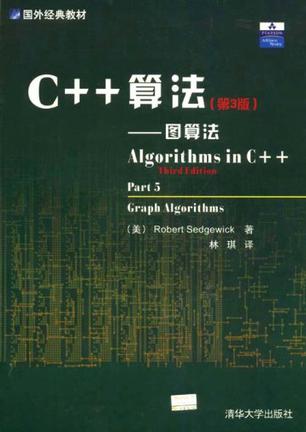
C++算法
《国外经典教材•C++算法:图算法(第3版)》所关注的是图算法领域。从实用的视角,以独特的结构将有关内容组织在一起,从而使读者不仅可以对这一领域有系统性的认识,而且还可在实践中灵活使用所提供的算法工具。本版中,增加了数以千计的新练习、数百年新图表以及数十个新程序,而且对所有的图表和程序都做了详尽的注释说明;不仅涵盖了新的主题,还对许多经典算法提供了更为充分的解释。所有读者都可从中得到极为丰富的学习资料,从而更好地理解基本概念。 -
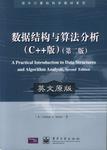
数据结构与算法分析
-
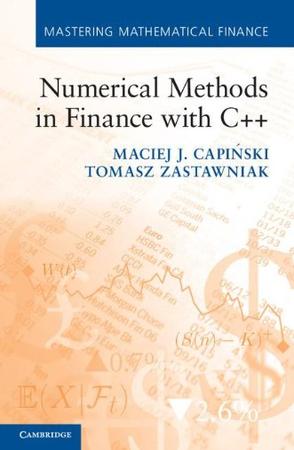
Numerical Methods in Finance with C++
Driven by concrete computational problems in quantitative finance, this book provides aspiring quant developers with the numerical techniques and programming skills they need. The authors start from scratch, so the reader does not need any previous experience of C++. Beginning with straightforward option pricing on binomial trees, the book gradually progresses towards more advanced topics, including nonlinear solvers, Monte Carlo techniques for path-dependent derivative securities, finite difference methods for partial differential equations, and American option pricing by solving a linear complementarity problem. Further material, including solutions to all exercises and C++ code, is available online. The book is ideal preparation for work as an entry-level quant programmer and it gives readers the confidence to progress to more advanced skill sets involving C++ design patterns as applied in finance.